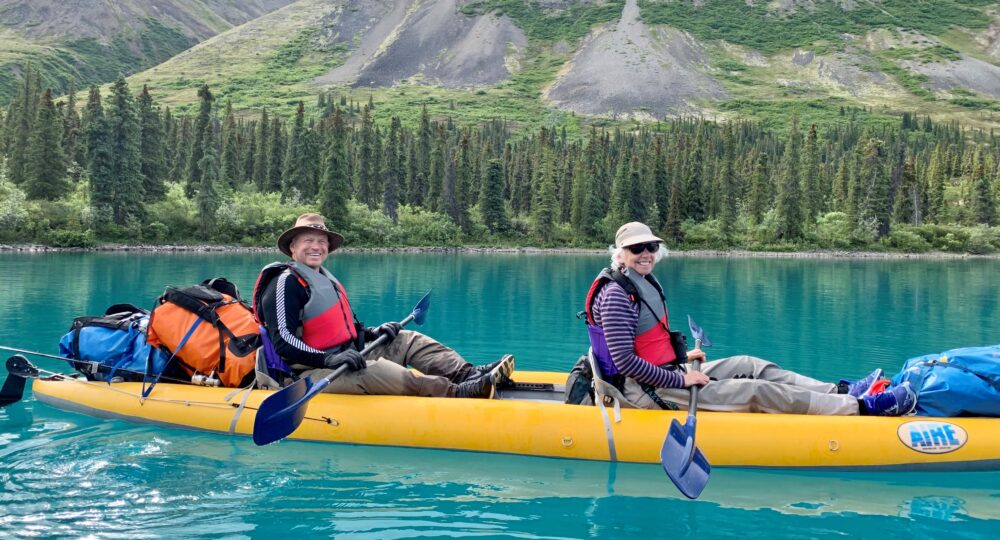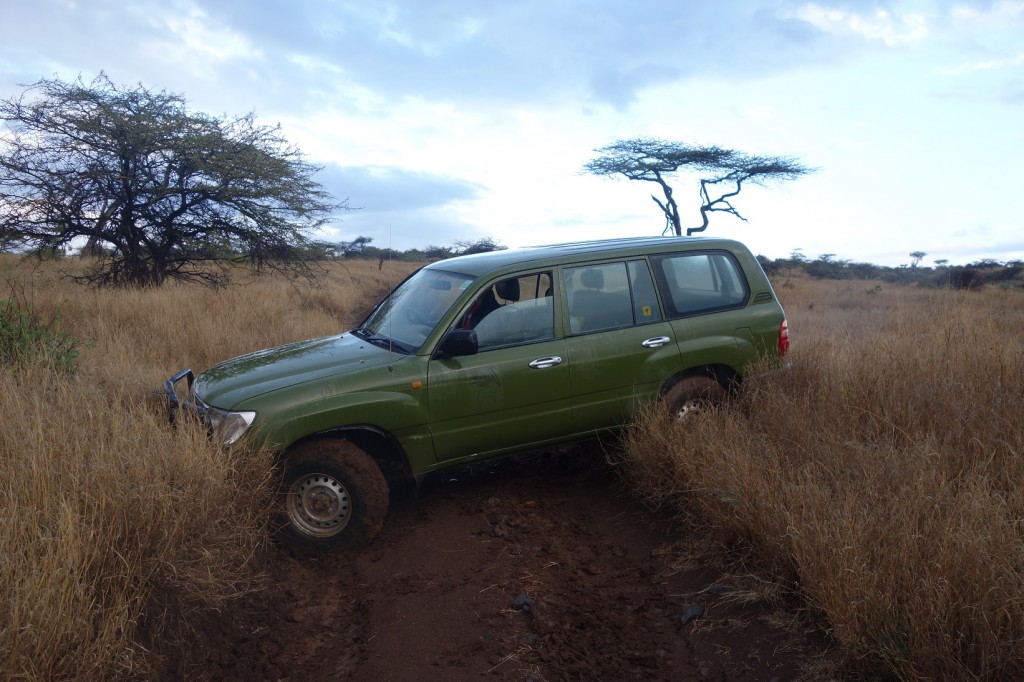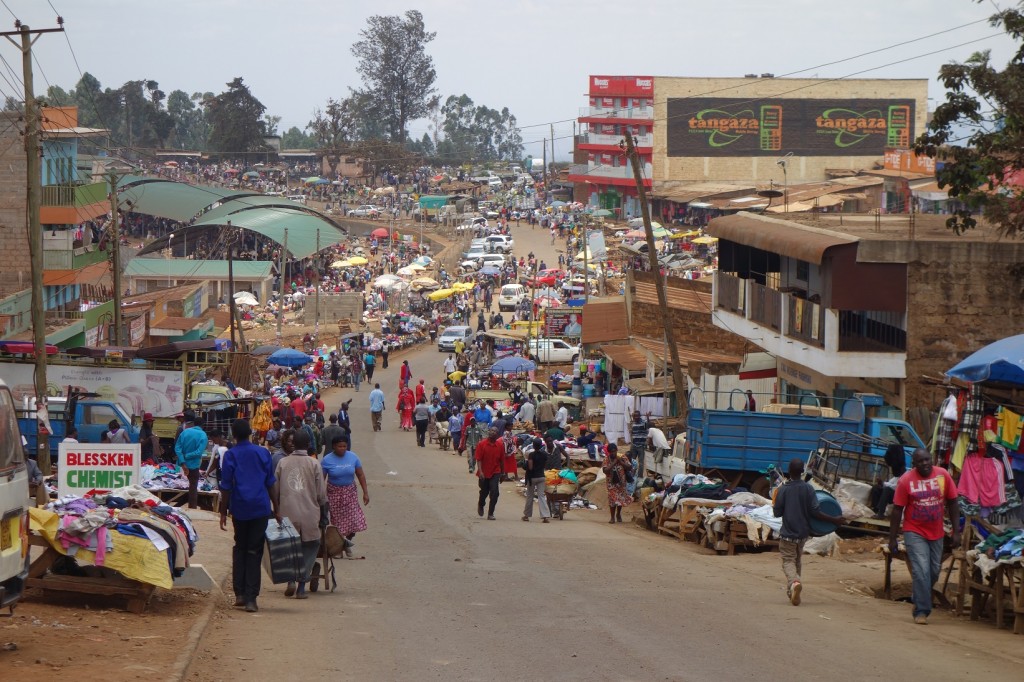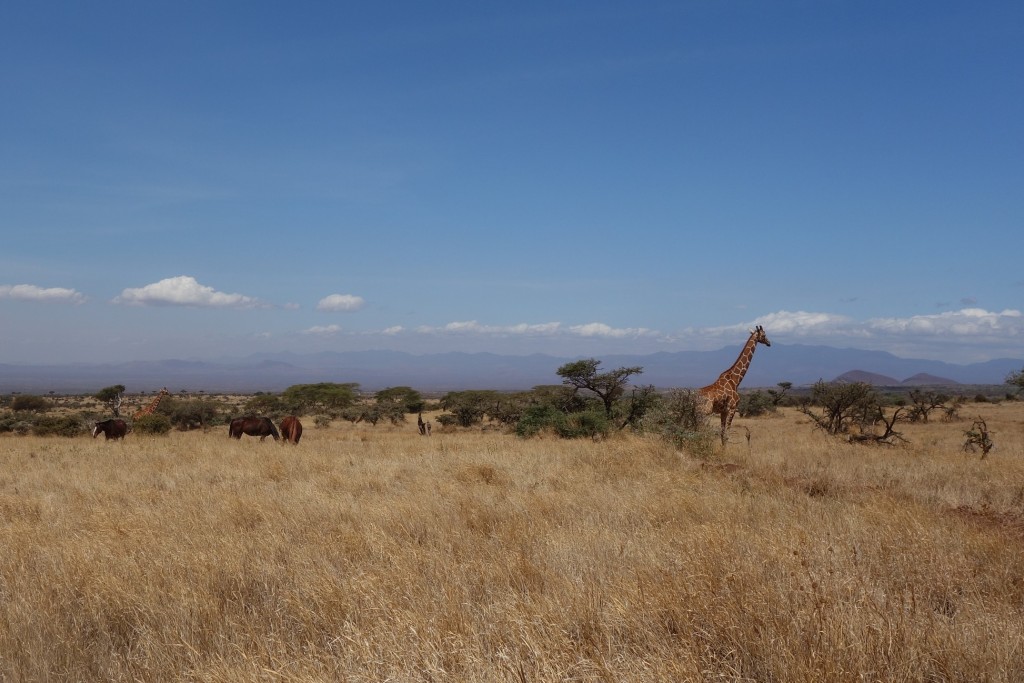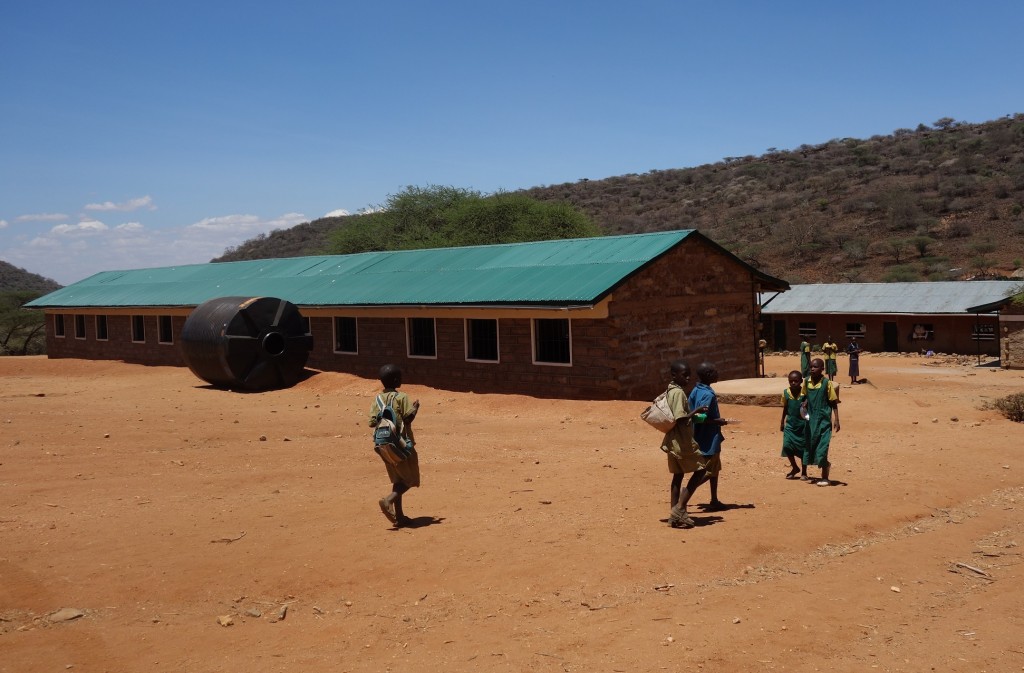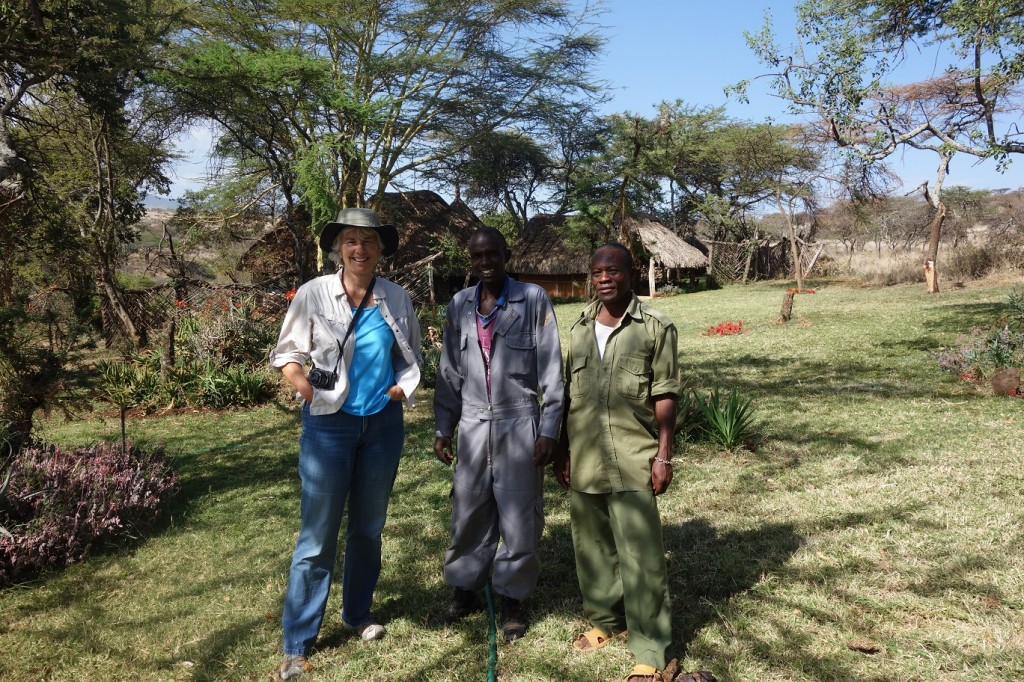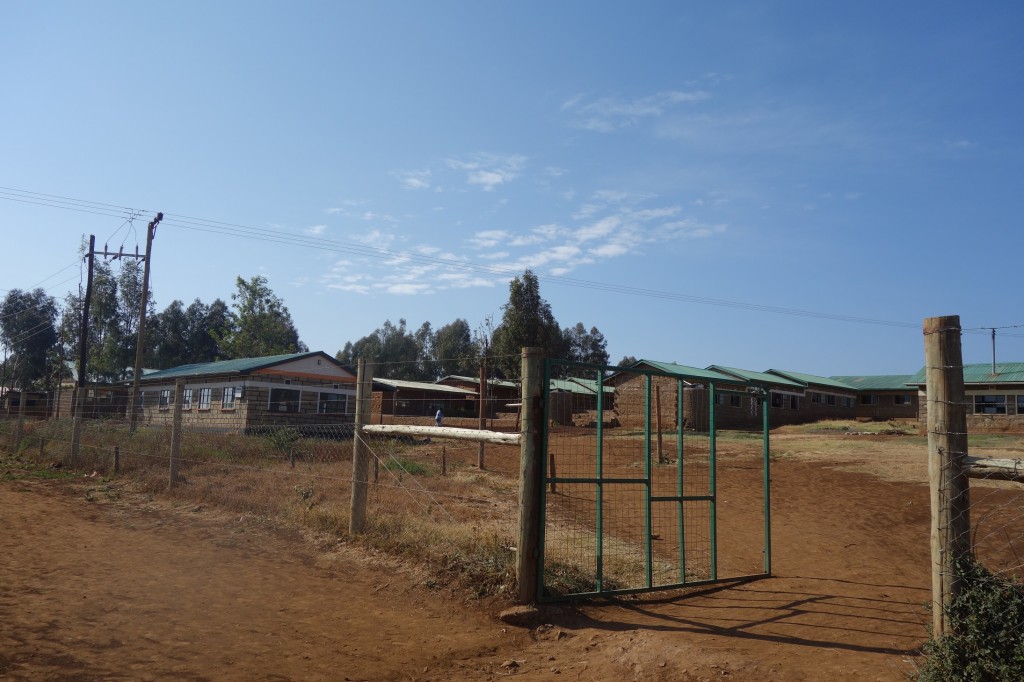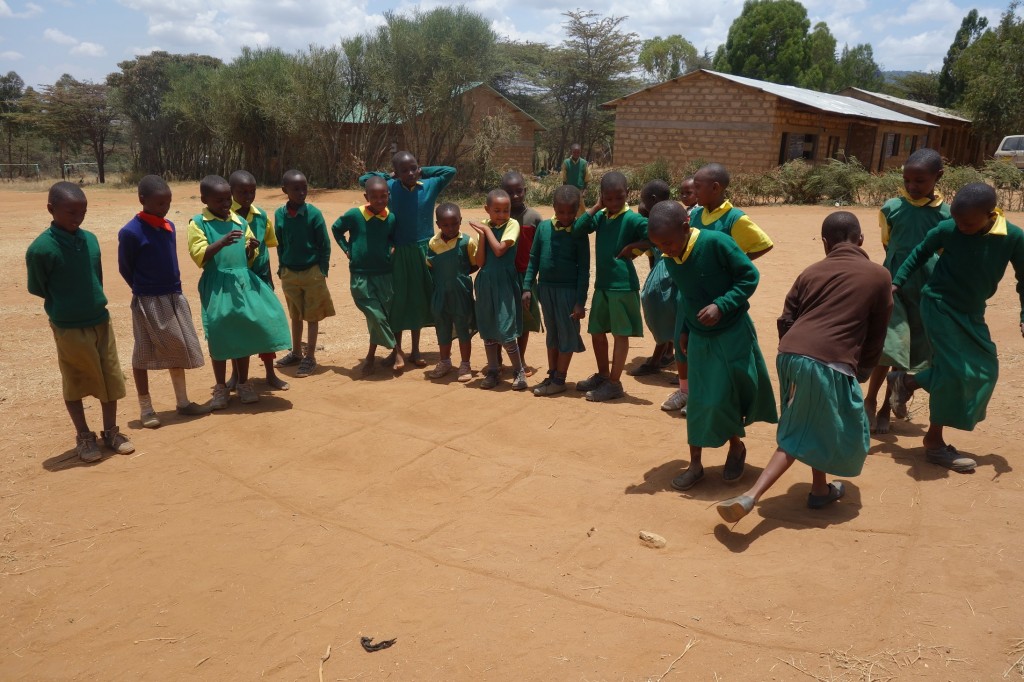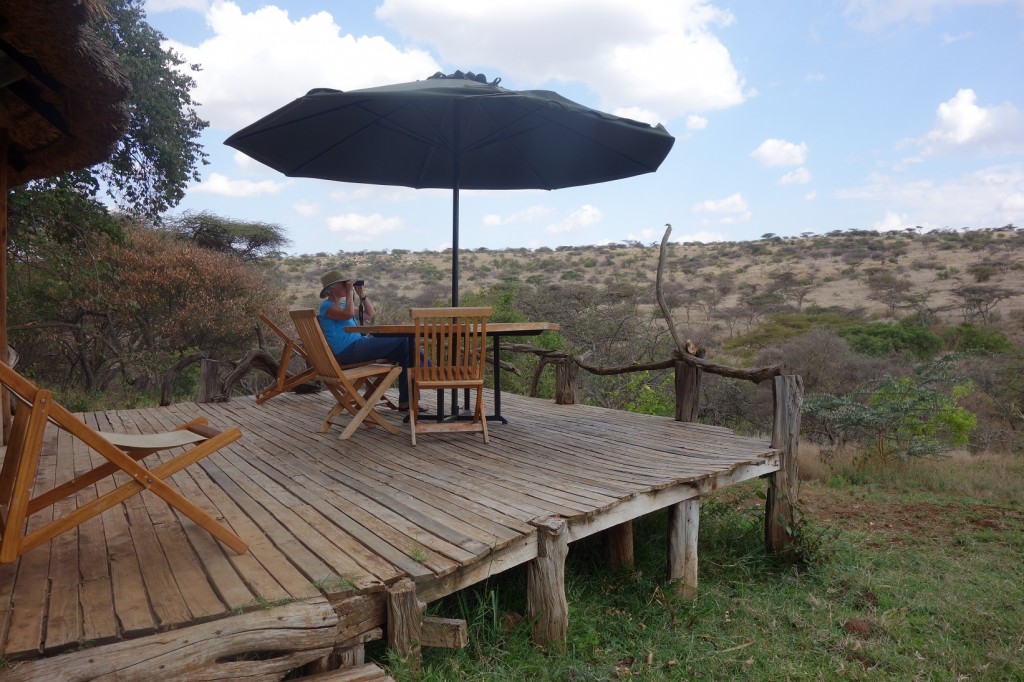Jeff and Joanne Parker recently emailed us a link to a Radio Labs show which talked about the great distance runners that have come out of Kenya. Embedded in the talk is a lot of information about some Kenyan Pastoralist cultural practices. Many of the communities have similar practices, though my understanding is that generally the women are not expected to be stoic and the men’s ceremonies are not as rigorous (No beatings or nettles and an actual knife is used). I think it is well worth a listen.
Thanks Jeff and Joanne.
Here is the link.
P.S. Guys, be ready to wince.
